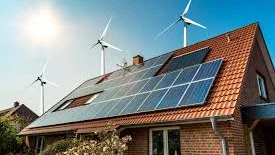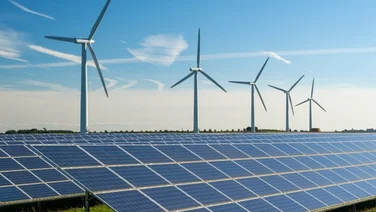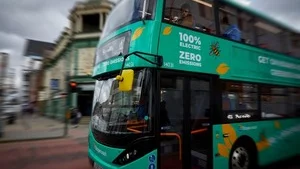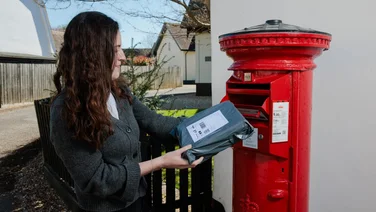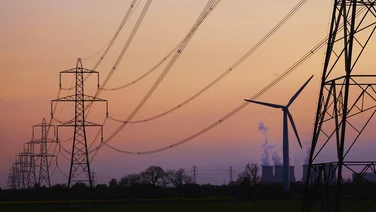- Mixed habitat solar farms have a higher abundance of birds than simple habitats
- Solar farms don’t threaten national food security when built on agricultural land
- The UK’s goal is to transition from protection to active restoration of nature

Solar farms could help boost the UK’s bird population, as well as increasing wildlife variety, according to a new study as part of the Centre for Landscape Regeneration,
The research, undertaken in the East Anglian Fens by scientists from The Royal Society for the Protection of Birds (RSPB) and the University of Cambridge, found that hectare for hectare, solar farms contained a greater number of bird species and nearly three times as many birds as the arable farmland surrounding them.
Beccy Speight, Chief Executive of the RSPB, said it is possible to “balance competing needs” of business and sustainability.
“Delivering a future that safeguards nature, tackles climate change, ensures food security and resilient farm businesses, and enables sustainable development is the only sensible path,” she said.
The research was published in Bird Study, a quarterly journal from the British Trust for Ornithology, and compared two types of solar farms. The mixed habitat solar farm, enclosed by hedgerows and with no livestock grazing or grass cutting, resulted in a greater diversity of flora.
The more intensively managed simpler habitat, with sheep grazing and no hedgerows, had a slight decrease in plant diversity.
Threatened bird species were more common in mixed habitat solar farms, with significantly higher numbers than arable land and simple habitat solar farms. The highest abundance of bird species was also found in the mixed habitat.
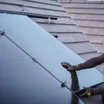
Get free solar panel quotes
Answer a few quick questions, and our trusted installers will send you bespoke solar panel quotes – for free.
Conservation Scientist at the RSPB and lead author of the study, Dr Joshua Copping, said it is “challenging” to reverse long-term declines in farmland birds because there is such high demand for farmland.
“Species such as Corn Bunting, Linnet and Yellowhammer have seen their populations dwindle and finding ways to help them is critical for their long- term survival,” Copping said.
“The results of this study suggest that solar farms managed well for nature could make an important contribution and could provide relief from the effects of agricultural intensification on these species and other wildlife in the surrounding landscape.”
The findings from this research suggests that birds could benefit from nature-friendly management of solar farms, as biodiversity numbers varied dramatically depending on the solar farm management.
It found that solar farms created with an awareness of nature proved the best performers in the research.
The UK’s commitment to reaching net zero by 2050, spurred on by the election of a Labour government whose election manifesto focused heavily on the importance of green technology, means that more and more land is being transformed into solar farms.
However, despite being built predominantly on land used for farming, solar farms don’t threaten national food security or production, and high-grade agricultural land is protected by planning policies.
It is important to mitigate the dangers to wildlife and create a habitat where animals can co-exist around solar panels, in a timescale that aligns with the UK’s sustainability targets.
Dr Catherine Waite, Researcher at the University of Cambridge, and co-author of the study said: “With the combined climate and biodiversity crises, using land efficiently is crucial.
“Our study shows that if you manage solar energy production in a certain way, not only are you proving clean energy but benefitting biodiversity.”
The Government’s Nature Recovery Network, as updated in February 2024, takes a proactive approach, transitioning from protection to active restoration of nature.
Its goals include halting species decline by 2030, increasing species abundance by at least 10%, to exceed 2022 levels by 2042, and restoring or creating more than 500,000 hectares of wildlife-rich habitat outside protected sites by 2042.
Speight called for “strategic and spatial approach” to planning for renewable energy to “ensure that solar farms are built in areas of low risk for nature” and tha ensures the country delivers on its nature recovery targets alongside net zero.
“The Government’s current land use framework consultation is an important step forward in realising this kind of approach.”


